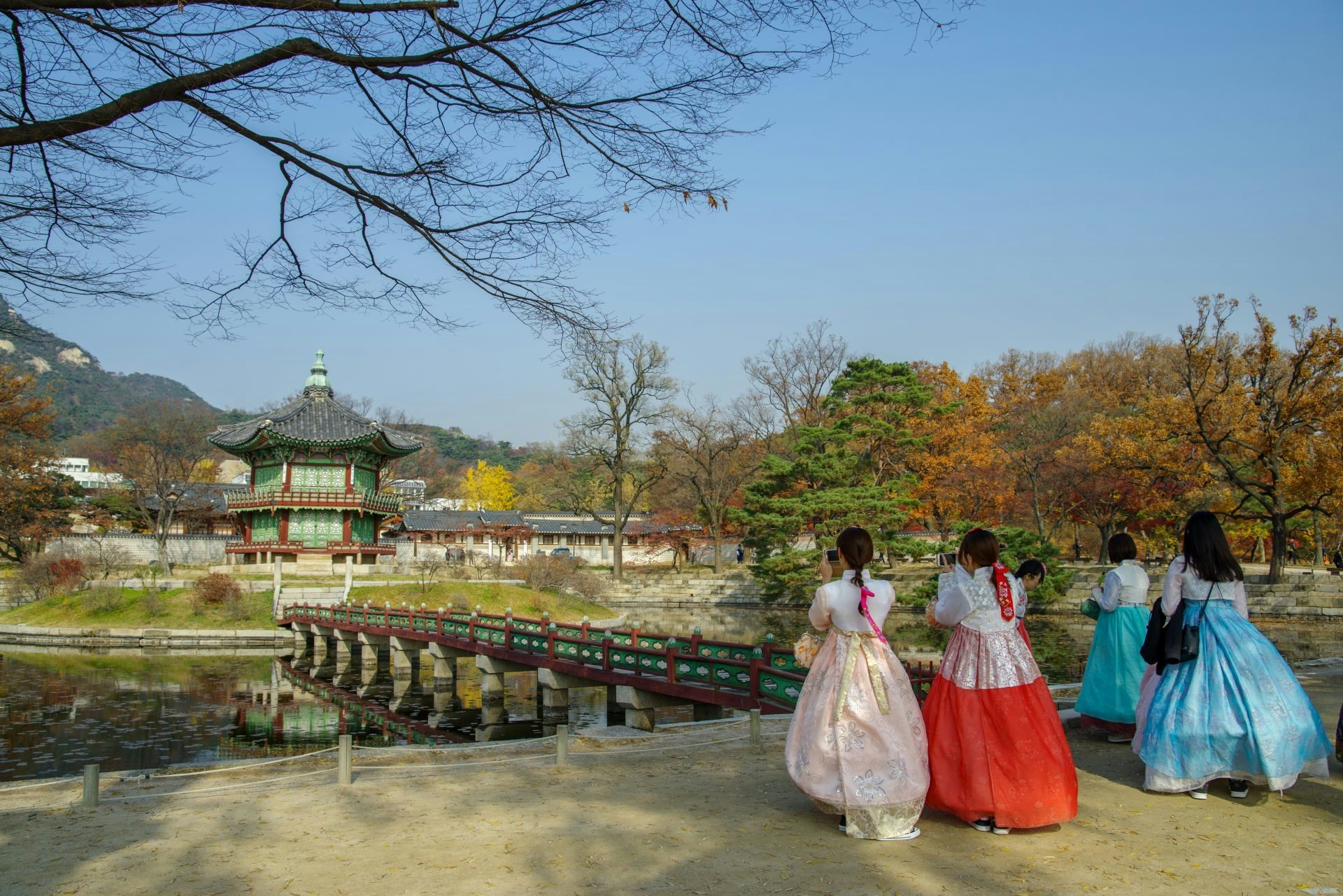Tourism in South Korea broke a new record in October as the total number of visitors in 2016 exceeded 14.59 million—a 33 percent gain on the previous record set in 2014, when South Korea received a total of 14.2 million tourists in the whole year . However, the Korea Tourism Organization (KTO) worries that Korea’s tourism industry is overly reliant on Chinese tourists and seeks to diversify its customer base beyond its largest neighbor.
Indeed, the Chinese market outperformed all other major markets and grew by 40 percent to reach 48 percent of all visitors to South Korea. KTO also saw other important markets grow in the double digits—the number of Japanese visitors rose by 26 percent, and both American and European visitor numbers grew by about 15 percent.
Instead of focusing on its fastest-growing and most important market, KTO announced that it will strengthen its marketing efforts in markets where its performance lags behind, such as the Middle East and throughout the Americas. While the popularity of Korean pop culture and fashion have boosted South Korea’s appeal in Asian markets and developed Western markets, KTO has identified areas where it can improve to better cater to other underserved markets. To better serve Middle Eastern tourists, it plans to develop custom programs that include halal certified restaurants, and it also intends to develop custom programs with tourists from the Americas in mind.
It may seem curious that KTO doesn’t mention China—its fastest-growing market. But as it plans to continue growth into 2017, it has struggled with the Chinese market in recent years. Chinese tourists are known to be highly security-conscious, as was proven during Korea’s MERS scare in 2015, and at the time KTO pointed out that the majority of MERS-related cancellations were by Chinese tourists and tour groups. Politics likely also play a role in KTO’s cautious approach toward China, with diplomatic relations currently strained because of South Korea’s decision to deploy THAAD, a U.S. Army anti-ballistic missile system.
Chinese Communist Party mouthpiece Global Times reported that THAAD caused Chinese tourists to look elsewhere for their vacations—a claim clearly disproven by South Korea’s 40 percent gain in the Chinese market in 2016. Even though THAAD has yet to affect Chinese tourism to Korea, a lot of evidence supports the thesis that its deployment has caused a semi-ban on Korean pop culture in China as no Korean entertainer has been granted permission to perform in the country since October. South Korea’s government has yet to officially confirm that Korean pop culture is indeed banned in China, but is rumored that the government may do so shortly. While there are no indications, other than Global Times’ previous report, that tourism is on the chopping board as a fallout of THAAD deployment—it still presents a good reason for Korea to diversify its tourism market.
In addition to South Korea’s political considerations, Chinese tourism there has also shown a demographic shift as of late, with a growing number of young as well as free independent travelers (FITs). While it certainly helps South Korea diversify its Chinese market, it has also caused sales of luxury products to drop as these market segments have proven to prefer cheaper, local brands. With luxury products generally cheaper in competing destinations such as Japan and Singapore, South Korea has started losing out on the most profitable Chinese tourists. China’s consumers have proven to be very cost-conscious, and preferable exchange rates have proven a strong driver behind Chinese tourism growth in places like Japan after its yen got cheaper, and post-Brexit referendum United Kingdom as the pound sterling dropped to a 31-year low.
While mitigating the potential impact of external factors always plays a role in tourism, they risk being particularly impactful in the Chinese market—whether there are political, economic, or health-related factors at play. South Korea, familiar with many of these risks, seems to be playing it safe instead of taking its recent Chinese tourism successes as a reason to go all-in with the Chinese market. If it brings enough momentum into 2017 without falling victim to another MERS-like year in Chinese tourism remains to be seen. So far, Chinese tourists seem to remain unfazed by both THAAD and the crackdown on Korean pop culture.
